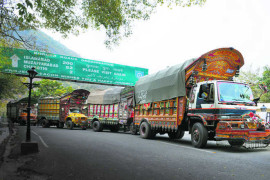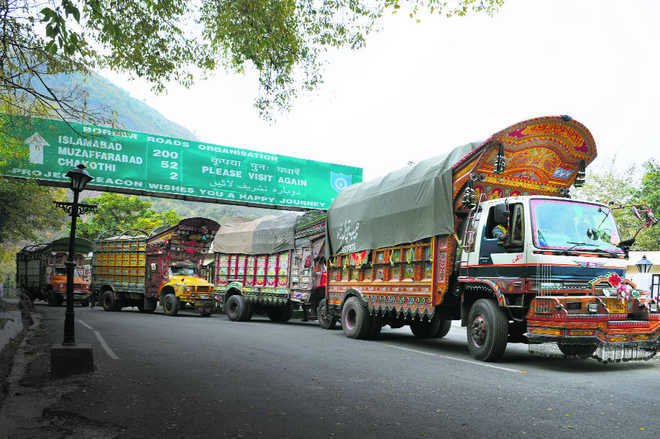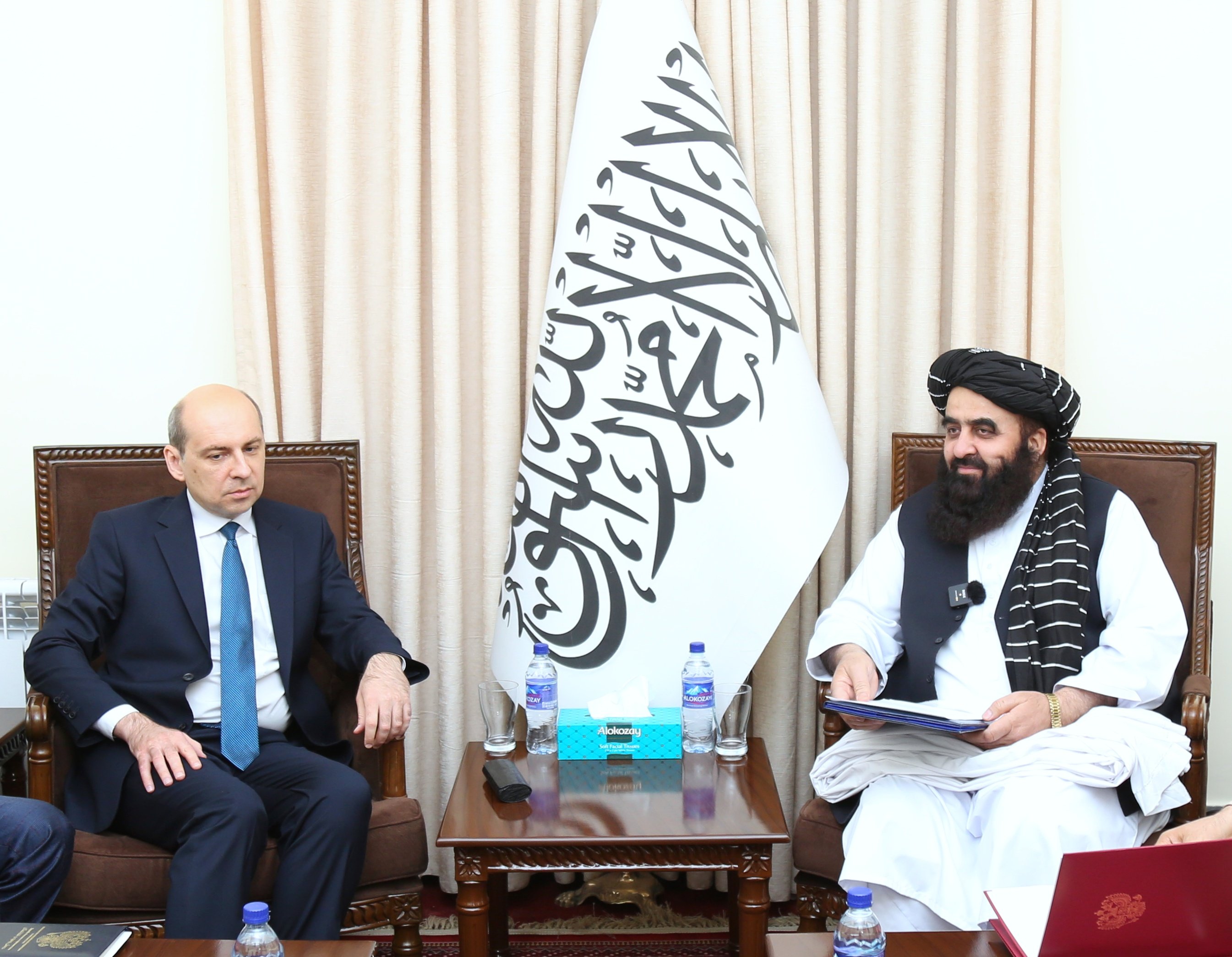U.S. to Triple Afghan Cargo Shipments on Pakistan Routes
The U.S. wants to triple the volume of its cargo traffic leaving Afghanistan by road through Pakistan as NATO combat forces withdraw from the South Asian nation by the end of 2014.
Increasing the portion of cargo moving by road to 60 percent from the current 20 percent will lower U.S. transportation costs compared with flying it home or sending it by air to ports in the region for transfer to U.S.-bound ships, a defense official said. The Pentagon has estimated the cost of withdrawal at $5 billion to $7 billion.
Ashton Carter, the U.S. deputy secretary of defense, was scheduled to arrive in Kabul today for meetings with U.S. military and Afghan officials to discuss the transition of security responsibilities to Afghan forces as well as to assess progress on the withdrawal, said the defense official, who asked not to be identified speaking about bilateral discussions.
The U.S. has faced setbacks in transporting military equipment into and out of Afghanistan in the last two years. In November 2011, Pakistan shut down its supply routes for seven months after an American helicopter attack accidentally killed 24 Pakistani soldiers. The routes were reopened in June 2012.
Earlier this year, U.S. military supplies leaving Afghanistan were held up after the country began charging customs duties on the materiel. After U.S. lawmakers threatened to cut off aid, Afghan President Hamid Karzai last month reached agreement with NATO’s International Security Assistance Force to waive $70 million in fines.
Pakistan Routes
Greater use of Pakistan’s supply routes will lower transport costs because multimodal transport, using a combination of aircraft and ships, costs three to five times as much as sending cargo by road through Pakistan, the official said. Sending equipment all the way by air costs five to 10 times as much, the official said.
Equipment leaving Afghanistan by road through Pakistan is loaded on ships in Karachi.
Currently 20 percent of the cargo is leaving through Pakistan, the official said. About half is moving by multi-modal means and 30 percent is going solely by air, the official said. The Northern Distribution Network, a combination of road and rail routes that goes through central Asian republics, carries only about 1 percent of the cargo, the official said.
2014 Deadline
The U.S. has about 24,000 vehicles and 20,000 containers of materiel to remove from Afghanistan before the December 2014 deadline, the defense official said.
Among the equipment is the Mine-Resistant Ambush Protected vehicle. About 2,500 of the armored trucks are still in Afghanistan, and half of them are likely to be deemed excess by the military services, making them eligible to be donated to allies and other interested nations, the official said. The rest may be fixed and shipped back to the U.S. at a cost of $50,000 to $75,000 each.
Of the 66,000 U.S. troops now in Afghanistan, about 32,000 will leave by February, and most of the rest will depart by December 2014, leaving a smaller force to train and advise Afghans as well as conduct counterterrorism operations. That depends on the two countries reaching agreement that includes protecting troops that remain from local prosecution.
http://www.bloomberg.com/news/2013-...fghan-cargo-shipments-on-pakistan-routes.html
Last edited by a moderator:







































